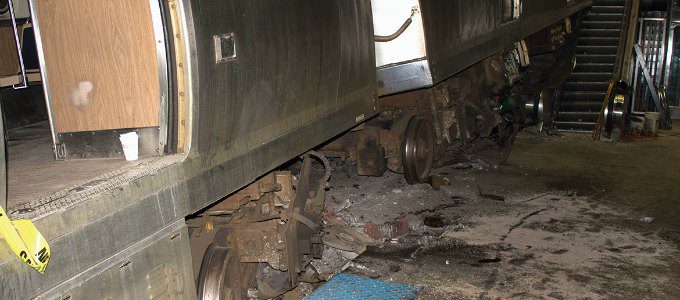Today, new technologies seem to emerge at an ever-increasing pace, and out-of-the box thinking has become a prominent driver for business decision making, from the business-unit level all the way up to the C-suite. Learning is part and parcel with change, but change is often associated with discomfort or something even more negative.
Change is not necessarily a trigger for learning derailment. Rather, it’s the unprepared mindset of those actively or passively resisting a shift in thinking that causes, or perpetuates among others, a heightened probability for aversion to change.
Expecting success and avoiding learning derailment in today’s changing organizational landscape means embracing three key tenets in how we conduct ourselves and lead employees through change. We must guide employees to one, willingly choose to adapt; two, allow for cognitive processing beyond inclination and preference; and three, be intentionally agile in performance.
Willingness to Adapt
All living things adapt in some form or fashion to survive. Within the business arena, the same holds true. As ideation becomes initiative, and plans are set to shift in process, policy, structure or anything else to enable that initiative or idea to come to market, a new way of doing things will inevitably present itself. At this crossroads each person has a choice — to be willing or unwilling to adapt.
More times than not, it is not ability that derails learning; it is a lack of willingness to adapt. If not acknowledged and addressed early in the change process, new learning may not only derail, it may change itself into something that takes others far off track as well.
Cognitive Processing
Changing the way we think is a precursor to changing the way we behave. The best learning occurs in stages, with cognition coming before action. We think about it, and then we try it. Our natural inclination is to perform in ways we have become comfortable with or accustomed to. However, where there is change there is also a need to deliberately shift cognition to allow for a shift in behavior. Without this critical mental step, learning derailment will be the first evidence of a path away from target performance.
Intentional Agility
Mental shifts are necessary, but so are physical ones. That’s where the rubber meets the road. As employees test the waters of change, first perceptions lead to questions: Can I do this? Will I be good at it? How challenging will it be for me to make the change?
While the fastest way from point A to point B is a straight line, rarely do we have that luxury. Obstacles regularly present themselves along that straight line, and to learn new directions on the path to success, we must be intentionally agile in performance. Even when a step forward is anticipated, sometimes a side-step to maintain compliance is necessary. At times, a step backward to evaluate or gain new perspective is required to make broader strides ahead. The quickest way for learning derailment to occur is to ignore the need for agility, and ignore exploration or creation of new paths. Change must be embraced from the onset.
Change is probably the one thing we can count on at every level across every organization. It’s that critical element that moves business forward and serves as a stepping stone to greater innovation, achievement and excellence. Some changes are small, others can be extraordinarily large and complex, but with every change there is a learning requirement.
Changes bear different sets of questions and challenges, but learning leaders who embrace these key tenets can prevent learning derailment from standing in the way. Willingness to adapt, taking time for cognitive processing beyond inclination and preference, and employing intentional agility in performance all set the stage to maintain and advance requisite learning amidst change. When these elements are in place, they make the intended possible and drive change forward.















